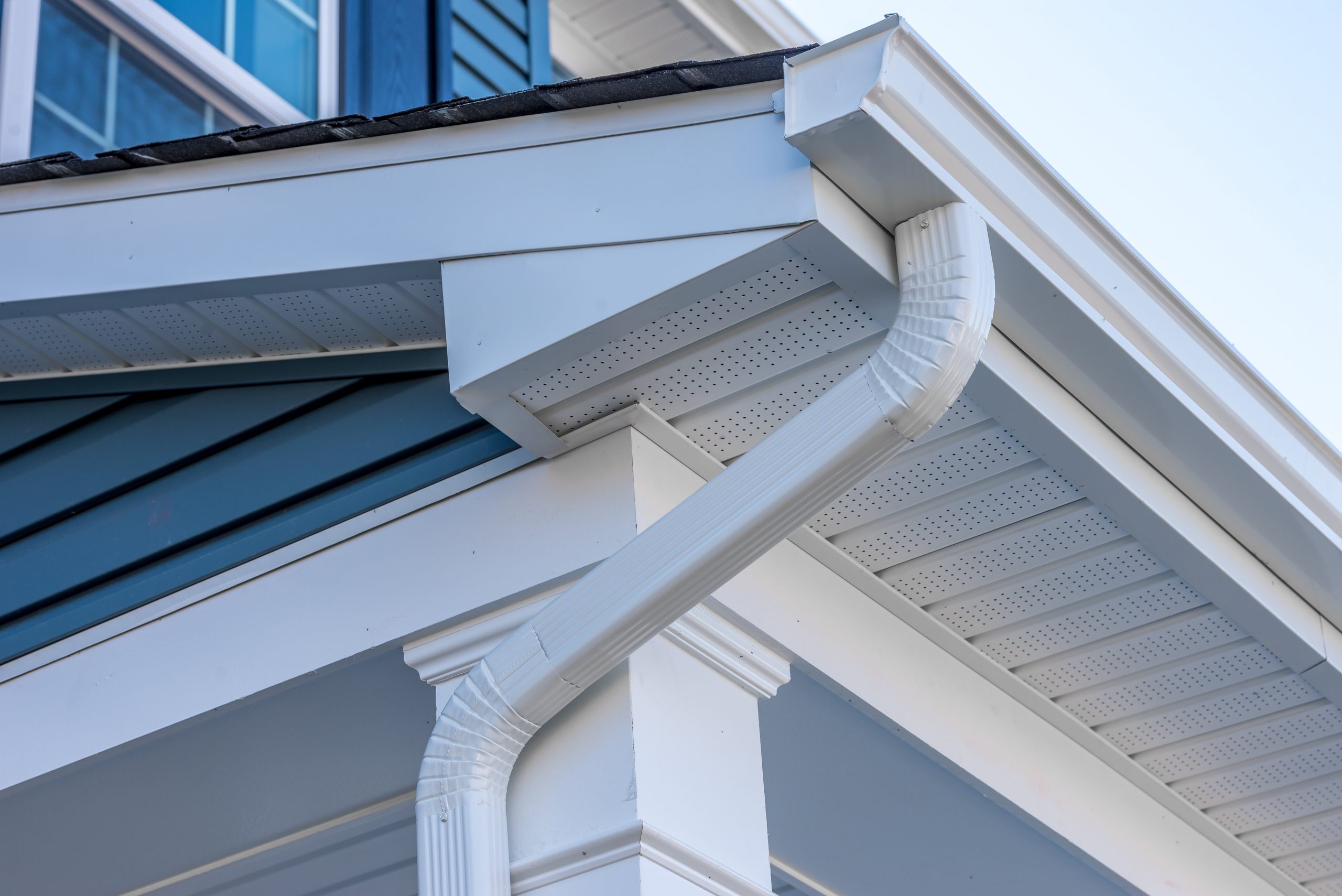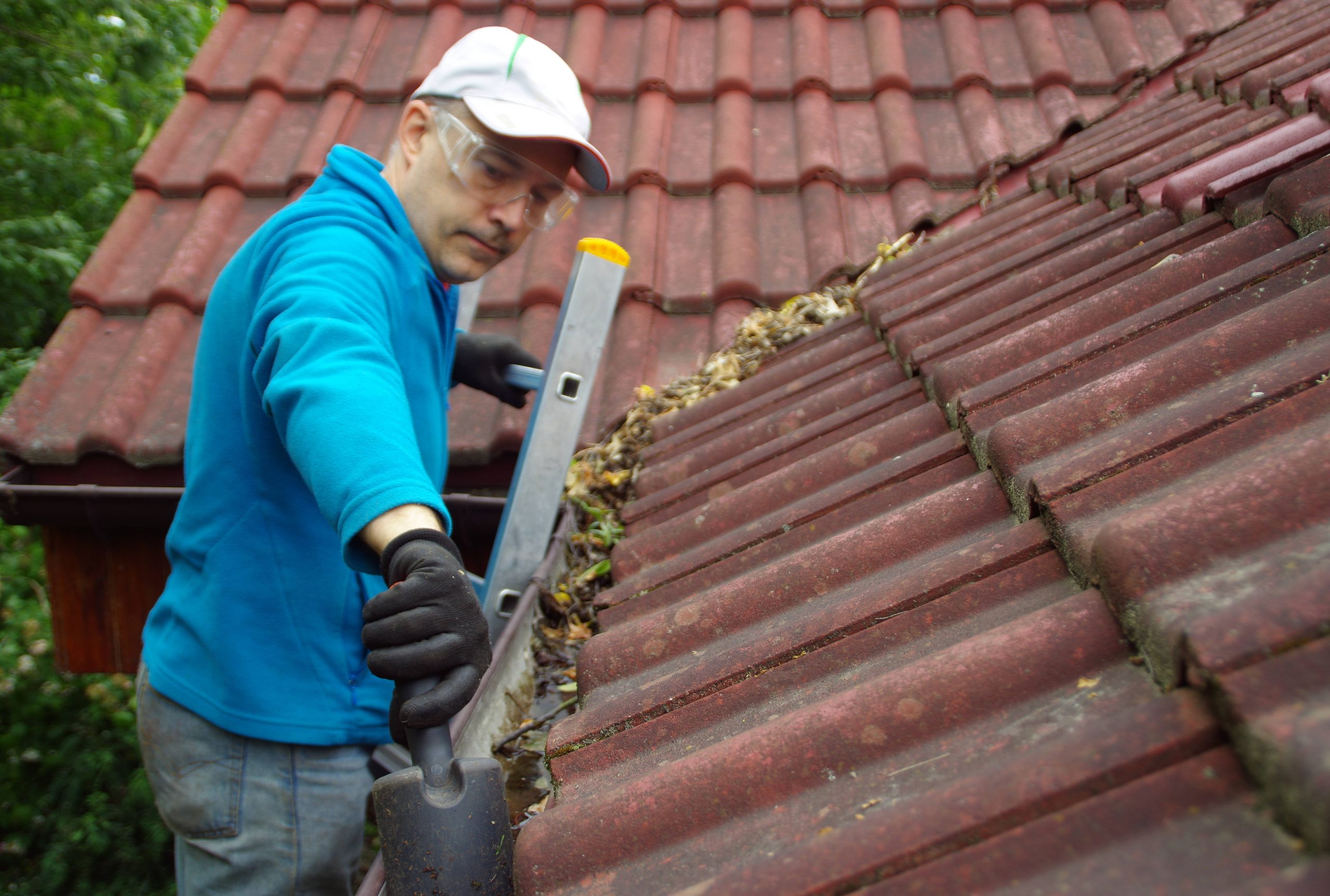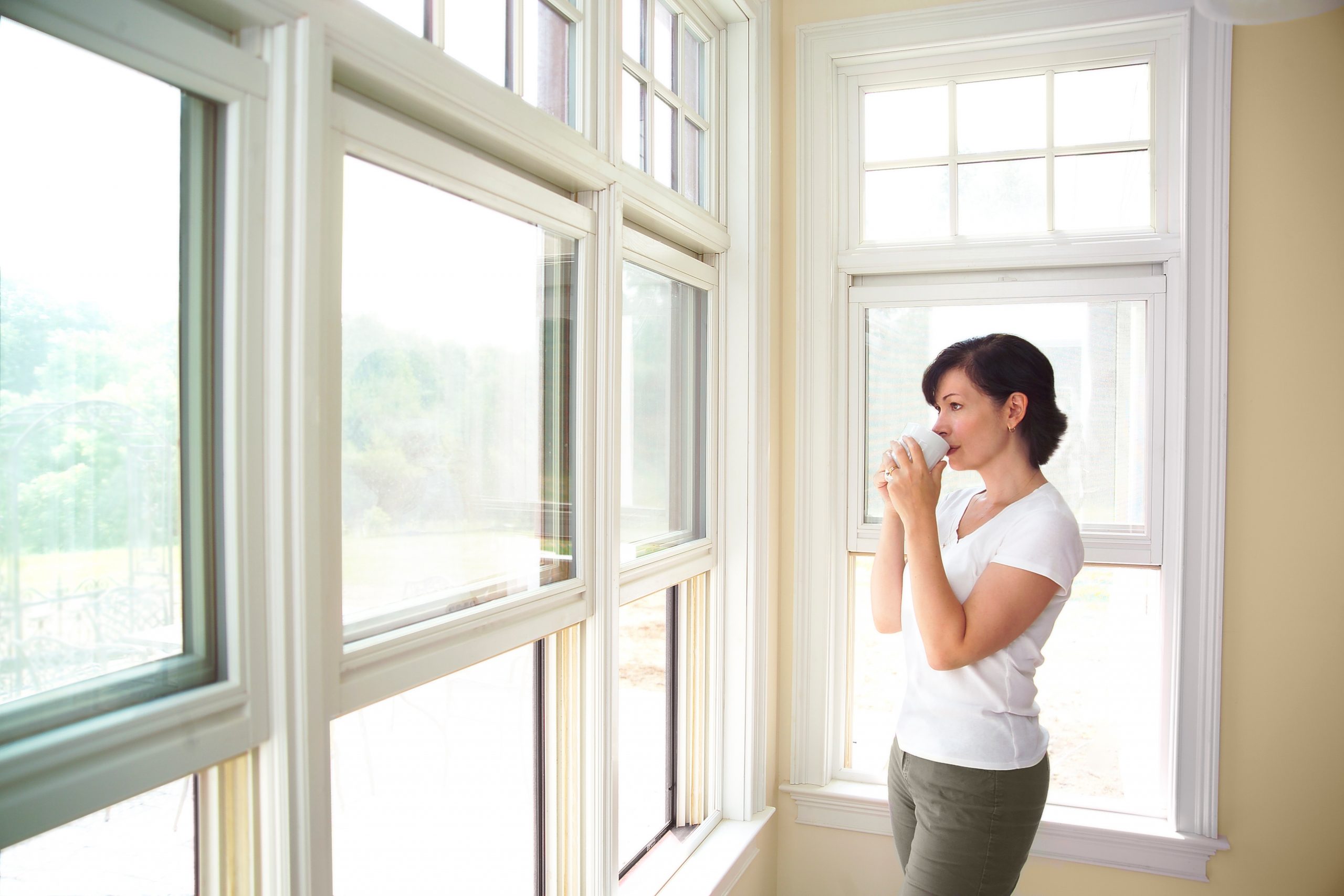Table of Contents
Picking the Right Gutters: Avoid Expensive Repairs
Gutters might not be the flashiest feature of your home, but they’re absolutely essential. A good gutter system protects your foundation, siding, landscaping, and even your basement from water damage. If you’re thinking about replacing your gutters or installing a new system, there’s more to consider than just the color or price tag. From materials and styles to brands and installation methods, there’s a lot that goes into choosing the best gutters for your home.

- Connects customers with nearby Gutter Cleaning and Maintenance technicians
- BBB accredited with a rating of A+
- Customers have access to listed contractors using their zip codes.
- Contractors have profiles that feature Thumbtack ratings, certifications, customer reviews, and more
- Directly contact the contractor of your choice or schedule a service call through Thumbtack.
Let’s walk through everything you need to know—from gutter materials to top brands—so you can make a smart, informed decision.
Gutter Materials: What’s Right for Your Home?
One of the first decisions you’ll need to make is what material you want your gutters to be made of. Different materials come with different price points, lifespans, and maintenance requirements.
Aluminum is by far the most popular option for residential gutters—and for good reason. It’s lightweight, rust-resistant, and available in a wide range of colors. Aluminum gutters are also relatively affordable and easy to install, which is why you’ll see them on homes across the country. However, they can be prone to denting, especially in areas with heavy tree coverage or frequent storms.
Vinyl gutters are the go-to for budget-conscious homeowners. They’re inexpensive and won’t rust, but they can become brittle over time, especially in areas with extreme heat or cold. They’re best suited for milder climates and work well for DIY installations. Just don’t expect them to last forever—most vinyl systems top out at around 20 years.
If you’re looking for something more premium, copper gutters are both beautiful and incredibly durable. They develop a distinctive green patina over time and can last for more than 50 years with proper care. But they come with a high price tag and usually require professional installation due to the skill involved.
Galvanized steel gutters offer excellent strength and are a good option for areas with heavy rainfall. They’re resistant to damage and can handle large volumes of water, but they are prone to rust over time if not properly maintained.
Lastly, zinc gutters fall into the same high-end category as copper. They’re extremely long-lasting and require very little upkeep, making them an excellent investment for homeowners looking for a set-it-and-forget-it option.
Styles and Profiles: Form Meets Function
Beyond material, the shape of your gutters plays a big role in how they perform. The most common option is the K-style gutter, which looks a bit like crown molding from the side. It’s popular because it holds more water than other styles of the same width and matches well with most modern homes.
Then there’s the half-round gutter, which is exactly what it sounds like: a half-circle pipe. This style is commonly seen on older or historic homes and has a more classic appearance. While half-round gutters are easier to clean due to their smooth shape, they don’t handle as much water volume as K-style gutters, so they’re best for homes in areas with moderate rainfall.
Box gutters, typically used in commercial or industrial buildings, are much larger and are designed to handle a serious amount of water. Some custom-built or larger homes may benefit from box gutters, but for most homeowners, K-style or half-round options will be more than sufficient.
Seamless vs. Sectional Gutters
Another big decision is whether to go with seamless or sectional gutters. Sectional gutters come in pre-cut pieces that are joined together during installation. They’re widely available and easy to install, which makes them a solid choice for DIYers. However, the more joints and seams you have, the more opportunities there are for leaks to develop over time.
On the other hand, seamless gutters are made from a single, continuous piece of material custom-cut to fit your home. Because there are no seams (except at the corners), they’re far less likely to leak and often perform better over the long term. The downside is that they require professional installation, which increases the upfront cost.
Top Gutter Brands to Know
When investing in gutters, going with a trusted brand can make a big difference in performance and longevity.
LeafGuard is known for its seamless, one-piece gutter systems that include a built-in hood to keep out leaves and debris. It’s a great option for homeowners who want a maintenance-free solution and are willing to pay a bit more for convenience.
Another major player is Amerimax, which offers a wide range of gutter options, including vinyl and aluminum. Their products are DIY-friendly and easy to find at home improvement stores, making them a go-to for homeowners who want to install their own system.
Englert is a leading manufacturer of seamless metal gutters, with a strong reputation for durability and a wide variety of colors to match any home style. If you’re looking for custom options with strong warranties, they’re worth a look.
Spectra Metals is another solid brand that offers both K-style and half-round gutters in multiple materials and finishes. Their products are widely available and often used by professional installers.
Installation Considerations
If you’re handy and your home has a straightforward roofline, installing sectional vinyl or aluminum gutters yourself can save a lot of money. Most DIY systems cost between $2 and $5 per linear foot. Just be sure to properly measure your roofline and plan for the slope required to ensure proper drainage.
For seamless gutters, high-end materials like copper or zinc, or homes with multiple stories or complex rooflines, professional installation is the way to go. Expect to pay between $8 and $25 per linear foot depending on material and complexity.
Proper installation is just as important as the gutter itself. Gutters need to be pitched correctly toward the downspouts, securely fastened to fascia boards, and connected to an effective drainage system to move water away from your foundation.
Extras You Might Want to Add
To boost your gutter system’s performance, you might consider installing gutter guards to prevent clogs from leaves and debris. They come in mesh, foam, and screen designs, and while no system is completely maintenance-free, they can dramatically reduce the frequency of cleanings.
Splash blocks or downspout extensions are another useful addition. These direct water away from the base of your home, reducing the risk of erosion or water damage to your foundation.
Quick Comparison Table: Gutter Materials
| Material | Lifespan | Maintenance | DIY-Friendly | Cost per Linear Foot (Installed) |
|---|---|---|---|---|
| Aluminum | 20–30 yrs | Low | Yes | $5–$12 |
| Vinyl | ~20 yrs | Low | Yes | $3–$7 |
| Copper | 50+ yrs | Low | No | $15–$25 |
| Galvanized Steel | 20–25 yrs | Moderate | No | $8–$10 |
| Zinc | 40–50 yrs | Very Low | No | $10–$20 |
Final Thoughts
Gutters might not be glamorous, but they’re one of your home’s unsung heroes. Choosing the right material, style, and installation method can help ensure your home stays protected for decades to come. Whether you’re looking for budget-friendly vinyl, elegant copper, or the low-maintenance appeal of seamless aluminum, there’s a gutter system out there that fits your needs and your budget.
Take the time to weigh your options, compare brands, and don’t be afraid to get professional input—especially if you live in an area with heavy rainfall or complex rooflines. A little research now can save you from big headaches (and big repair bills) later on.





